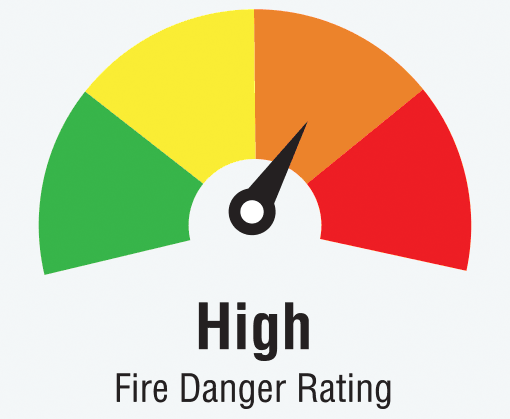Bears can smell food from great distances—even farther than dogs can.
The best way to keep bears alive is to prevent them from gaining access to attractants—which may be plants or non-natural food sources.
Help manage bear attractants
At home
- Store garbage, recycling and organic waste (compost) in a secure building (not on your patio or porch).
- Burn barbeques clean and remove all grease and food scraps after every use
- Feed pets inside and store pet food indoors.
- Use non-citronella products to deter insects.
- Use an aluminum hot tub cover
In your yard
- Plant non-bear attractant plants in your garden.
- Remove bird feeders during bear season.
- If you have a backyard compost, use a bear-proof composter or drop off compost at the municipal waste depot sites.
- Pick fruit a few days before ripe or before it becomes extra fragrant.
- Clean any fallen fruit. If you are planning to be away, ask a friend or neighbour to collect fruit.
- Keep lawns mowed and weeded (grasses, dandelion and clover are natural bear foods).
At work
- Store work site products, including petroleum products, biodiesel and other vegetable-based fuels and lubricants, which are attractive to bears in sealed and locked containers when not in immediate use (in compliance with safety regulations that apply to your work area). Read more about Bear Safety For Construction Sites.
- Follow Bear Smart restaurant guidelines.
What are wildlife attractants?
To help residents and visitors understand which items attract bears to homes, businesses and cars, the definition of a “wildlife attractant” has been updated Whistler’s solid waste bylaw in 2018 to include any substance or material, regardless of odour, that attracts or is likely to attract wildlife.
Wildlife attractants now explicitly include, but are not limited to:
- Food
- Edible products
- Pet food
- Seed
- Compost (other than grass clippings, leaves or branches)
- Grease
- Oil
- Antifreeze
- Paint
- Petroleum products
Other attractants in and around homes include garbage, recyclables, fruit trees, berry bushes, vegetable gardens, bird feeders, barbeques, citronella candles and even hot tub covers.
Everyone is required to keep these items secured and away from bears. Homeowners should ensure renters learn how to manage attractants.
Bear attractant plants
It is against the solid waste bylaw to let fruit ripen and accumulate to the point that it attracts dangerous wildlife. If you have fruit bearing trees or shrubs, consider removing them. If you cannot remove the tree, it is your responsibility to remove the fruit as soon as it begins to ripen.
Fruit-bearing trees are removed within the RMOW if they are within the village perimeter (bound by Lorimer Rd/Whistler Way and Highway 99/Blackcomb Way). As well as Mountain Ash that is near playgrounds or in close proximity to building entrances in RMOW park areas.
The following bear-attractant plants are particularly attractive to bears and will not be approved for landscaping plans requiring municipal approval:
- Sorbus aucuparia (Mountain Ash, single stem tree)
- Sorbus sitchensis (Mountain Ash, shrub, multi-stem)
- Vaccinium (blueberries & huckleberries)
- Clover


